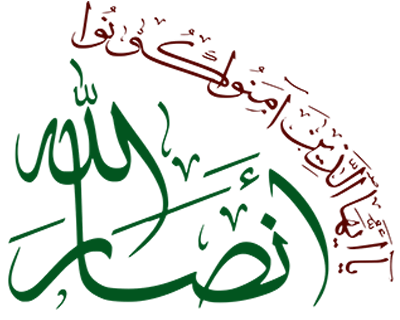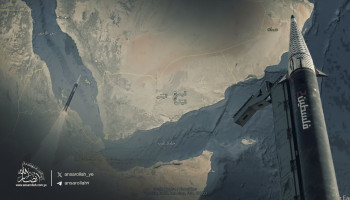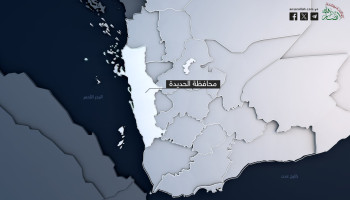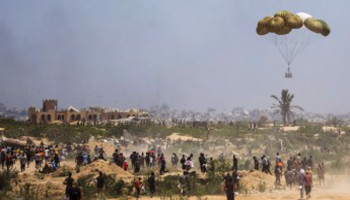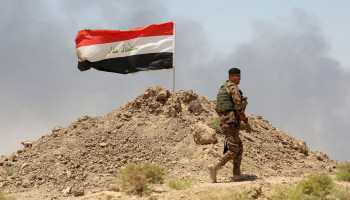It began at dusk on September 16, 1982. In the southern part of Lebanon, the narrow lanes of a Palestinian refugee camp were strewn with the bullet-riddled corpses of men, women, and children.
The Phalange militia, aligned with the Israeli military, unleashed a brutal assault. Throughout the night, Israeli occupying forces launched flares into the sky, illuminating the camp and enabling the militias to navigate the alleys and execute their deadly mission.
Over the course of three days—from September 16 to 18—amid Lebanon’s civil war and shortly after Israel invaded the country, the Israeli army, in coordination with the Lebanese Christian Phalange party, slaughtered nearly 3,500 Palestinian civilians, primarily women, children, and the elderly, in Beirut’s Sabra and Shatila refugee camps.
The gory massacre persisted for 43 hours, beginning at 6 p.m. on Thursday and ending at 1 p.m. on Saturday, as per documented evidence.
“The stench lingered for months—more than half a year. It was unbearable,” recalled Najib al-Khatib, a Palestinian refugee. His father and ten relatives were among the victims.
Now 55, Khatib still cannot forget the overwhelming odor of decomposing bodies that filled the homes and alleyways of the camps. Witnesses reported that the rescuers were unable to retrieve many of the corpses, which had decayed under the sweltering September sun. Bulldozers were eventually brought in to inter the dead in mass graves.
One survivor recounted the horror. “What did I witness? A pregnant woman—her baby was torn from her womb. They sliced her in half,” said 75-year-old Umm Abbas. “She was pregnant too. They ripped the baby from her belly.”
Eyewitness testimonies from survivors describe horrific scenes of mutilation, rape, and mass burials—details that have come to define the Sabra and Shatila massacre.
The United Nations condemned the atrocity as an “act of genocide.” In February 1983, a UN commission concluded that “Israeli authorities or forces were involved, directly or indirectly, in the massacres.”
An Israeli inquiry found Ariel Sharon, then war minister, “personally responsible for disregarding the risk of bloodshed and vengeance.”
Despite these findings, Sharon was elected Prime Minister of Israel in 2001.
Tracing the path to the massacre
Between 1947 and 1949, Israel razed over 500 Palestinian villages and towns, killing tens of thousands. Of the 1.9 million Palestinians, at least 750,000 were displaced and forced into exile.
Around 100,000 fled to Lebanon, settling in refugee camps. In 1969, a deal brokered by Egypt between the Palestine Liberation Organization (PLO) and the Lebanese army granted the PLO control over Lebanon’s 16 Palestinian camps.
The PLO relocated its base from Jordan to Lebanon in 1970. Five years later, civil war erupted between the Lebanese Front (LF)—a coalition of right-wing Christian militias backed by Israel and the United States—and the Lebanese National Movement (LNM), which included the PLO.
In June 1982, Israeli forces under Sharon invaded Lebanon to dismantle the PLO, headquartered in Beirut at the time. The PLO withdrew by September 1, 1982, following assurances from the US and a multinational force that Palestinian refugees would be protected.
America provided written guarantees to safeguard civilians in the camps from the Christian militias. The multinational force arrived on September 1, intending to stay for 30 days, but withdrew prematurely on September 10—clearing the way for the massacre.
On September 14, 1982, Bachir Gemayel, Lebanon’s president-elect and leader of the Lebanese Forces, was assassinated in a blast at his party’s Beirut headquarters.
The Phalangists blamed the PLO and sought revenge. According to a 2022 report by Israeli newspaper Yedioth Ahronoth, Israeli military commanders and Phalangist leaders met to plan the massacre. Then-Prime Minister Menachem Begin approved Sharon’s strategy to target the refugee camps.
Following Gemayel’s death, Israeli forces invaded West Beirut, surrounding Sabra and Shatila and sealing them off. No one was allowed to leave. Israeli troops cleared the way for the Phalange militia to enter and carry out the killings.
After the carnage ended, the streets were littered with the bodies of Palestinian and Lebanese children. Reports indicate that Israeli and Phalangist officials convened after the massacre to discuss how to obscure Israel’s role.
US involvement in the massacre
Documents from the Kahan Commission—led by former Israeli Supreme Court president Yitzhak Kahan—detail the interactions between US and Israeli officials during the massacre.
The commission was established to investigate the events of 1982. Transcripts and meeting records reveal that American diplomats were aware that all PLO military units had exited Beirut before the killings began.
The US failed to challenge Sharon’s false claim that “2,000 terrorists” had remained behind, a fabrication used to justify the invasion of West Beirut and the entry of the Phalangist militia into the camps.
Correspondence between American and Israeli officials shows that the US authorized Sharon’s invasion, supplied the weapons that killed over 19,000 Palestinians and Lebanese, and failed to uphold its promise to protect civilians.
The secret annexes of the Kahan Commission report expose the extent of US complicity in allowing Israeli forces to advance into West Beirut and enabling the Phalangists to attack Sabra and Shatila. Like Israel, the US government knew the camps were defenseless after the PLO’s departure and that the Christian militia would commit atrocities if permitted to enter.
The legacy of ethnic cleansing
Four decades later, Israel and the US continue to pursue policies of ethnic cleansing against Palestinians.
Since October 7, 2023, Israel has waged a war on Gaza with extensive military and diplomatic backing from the US, resulting in the deaths of over 41,200 Palestinians.
As in Sabra and Shatila, women and children have borne the brunt of the violence in what many now call the Gaza genocide.
Source:Websites
